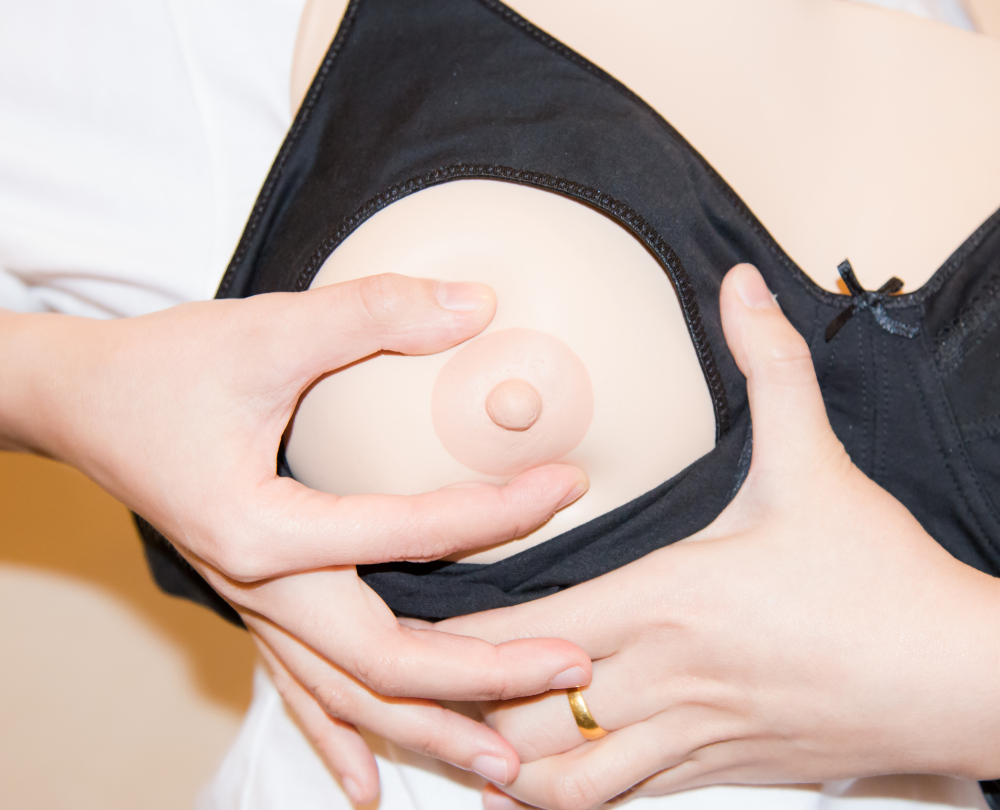Feeding your baby early and often at the breast/chest is helpful to establish your milk supply and breastfeeding/chestfeeding relationship with your baby. Expressing your milk stimulates your body to make more milk. There may be times when you want to give your baby expressed breastmilk/chest milk.
Do I need to pump to breastfeed/chestfeed?
If your baby is growing well and you do not have to be away from them, don’t feel like you have to pump. If you are pumping because you are worried about your breastmilk/chestmilk supply, check out our breastfeeding/chestfeeding resources and reach out for help.
What do I need to know about exclusive pumping?
Exclusive pumping is another way to provide breastmilk/chestmilk to your baby. If you decide to exclusively pump, express milk at a frequency that mimics how often your baby feeds. Initially, this could mean pumping every one to three hours for a newborn. As your baby gets older, they would go longer intervals without feeding. Use the most comfortable pressure setting and pump for 10 to 15 minutes. It would also be important to check if the flange size of your breast pump is a good fit for you.
Ways to Express your Breastmilk/Chestmilk
Expressing by hand
- Check out this Hand Expression video from Healthy Families BC
- Hand expression – see page six of the resource
Expressing by breast pump/chest pump
- You can rent or buy different types of breast pumps/chest pumps. Ask your midwife, public health nurse, lactation consultant or pharmacy for more information.
- When you are choosing your breast/chest pump, try and find one that meets your needs and you feel comfortable using.
Did you know?
If you have health care benefits, you may have coverage for a breast/chest pump. It may be listed under special medical devices and you might need a doctor’s prescription.
Types of Breast Pumps/Chest Pumps
Manual (hand-held) breast pumps/chest pumps
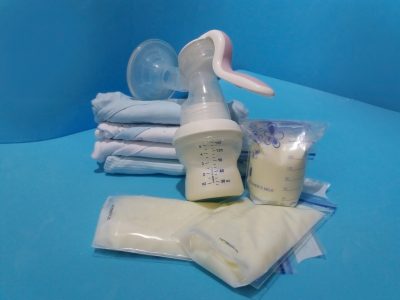
Single electric breast/chest pump
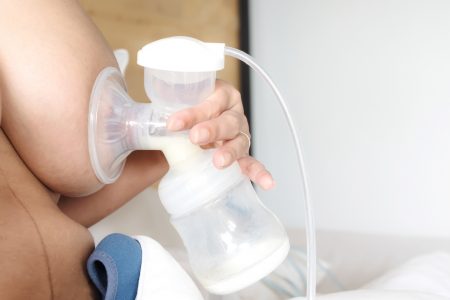
Double electric breast pump/chest pump
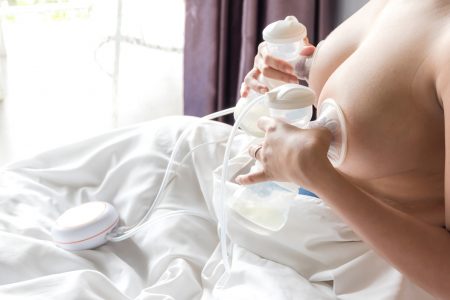
How should I store my expressed breast milk?
How should I store my expressed breastmilk/chestmilk?
- Freshly expressed breastmilk/chestmilk is safe to use at room temperature for up to four hours.
- Breastmilk/chestmilk must be stored in a sterilized bag or container.
- You can buy sterile milk storage bags designed for freezing and storing breastmilk/chestmilk.
- If you are using a container, you must sterilize it. See below for information on how to sterilize.
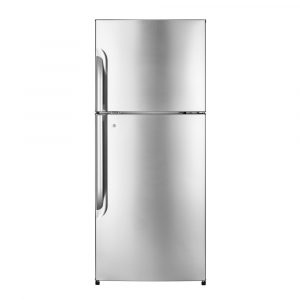
In a refrigerator for 3-5 days. In a fridge freezer for 3-6 months.
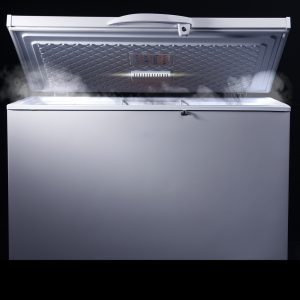
Store your milk in a deep freezer for six to 12 months
Did you know?
You can freeze your milk in two-to-four-ounce (60-120ml) quantities so you can thaw and warm it quickly. You can label the stored milk with the day, month and year.
How to Clean and Sterilize Your Equipment
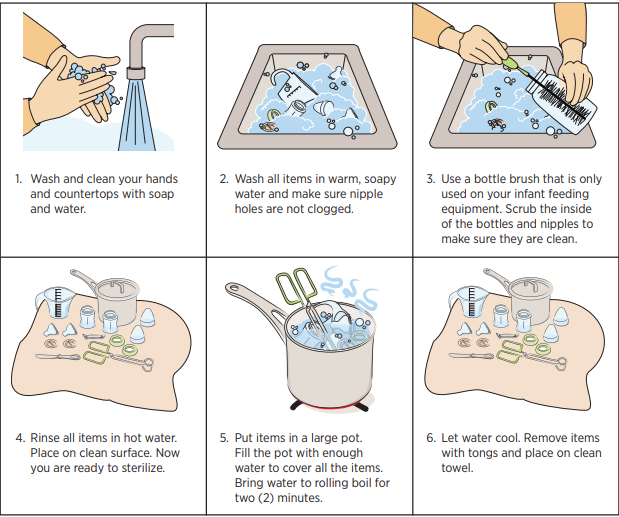
How do I use frozen breastmilk/chestmilk?
- Place frozen milk under cold running water until thawed or thaw frozen milk in the fridge for several hours before it is needed.
- To warm breastmilk/chestmilk, place container in a bowl of warm water. Never heat breastmilk/chestmilk in the microwave because it can cause hot spots that can burn the baby’s mouth and affect the quality of the milk.
- Thawed breastmilk/chestmilk should be refrigerated and used within 24 hours. Do not refreeze.
- Frozen milk can separate when thawed, so shake the container gently.
Safety Tips
When purchasing bottles look for ones that are BPA free.
It is recommended to sterilize all your equipment for the entire time your child is bottle feeding.
Reference
- Breastfeeding Your Baby – Government of Manitoba

